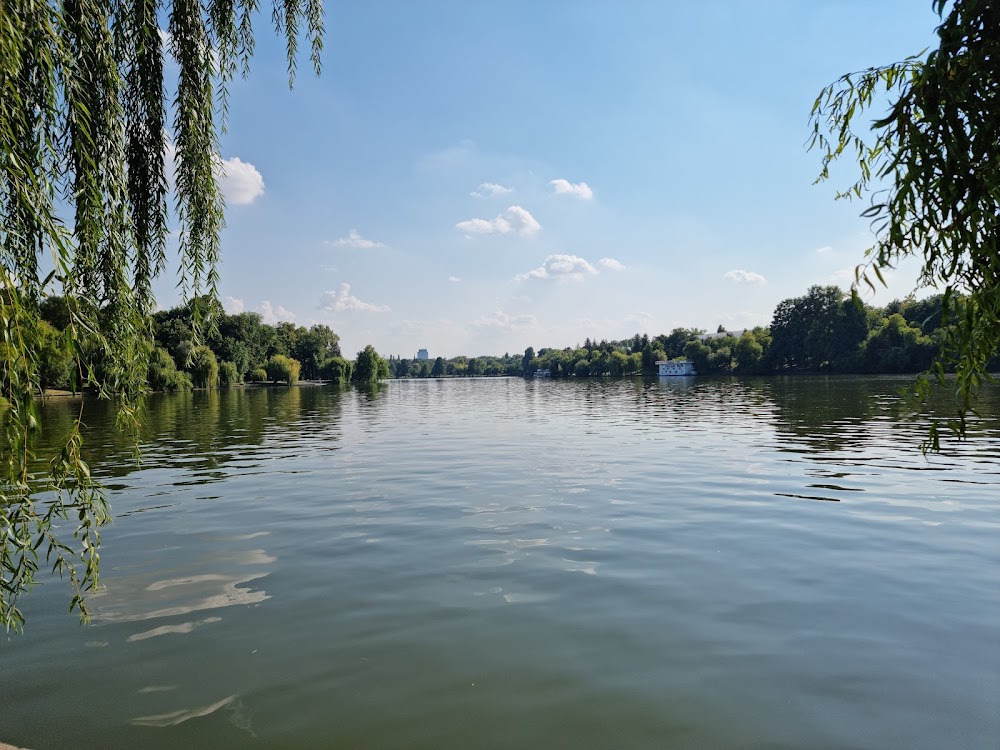The National Museum of Romanian History (Muzeul Național de Istorie a României)
Overview
The National Museum of Romanian History, nestled in the vibrant heart of Bucharest, Romania, serves as a remarkable tribute to the nation's rich and diverse heritage. Established in 1970, this cultural gem is located within the historic Post Palace building, a grand architectural marvel that has borne witness to centuries of Romanian history.
The Post Palace (Palatul Poștelor) itself is a stunning example of neoclassical architecture, masterfully designed by architect Alexandru Săvulescu. Construction began in 1894 and was completed in 1900, showcasing grand columns, intricate stone carvings, and elegant arched windows. This magnificent structure stands as a beacon of Romania’s architectural prowess and history.
Transforming the Post Palace into the National Museum of Romanian History was a monumental undertaking. Extensive renovations were required to preserve the building's historical integrity while adapting it to house the museum's vast collection. This meticulous restoration ensured that the architectural elements were preserved while modernizing the interior to meet contemporary museum standards.
As visitors step inside the museum, they are greeted by a breathtaking array of artifacts that chronicle Romania's history from prehistoric times to the modern era. The museum's vast collection includes archaeological finds, medieval weapons, historical documents, and priceless works of art. Highlights include the Pietroasele treasure, a stunning collection of Gothic gold artifacts, and a remarkable replica of Trajan's Column, which vividly illustrates the Roman conquest of Dacia.
One of the museum's most captivating sections is the Roman Lapidarium, located in the basement. This area features an impressive array of Roman-era stones, inscriptions, and sculptures, offering a glimpse into Romania's ancient past. Additionally, the museum boasts a fascinating numismatic collection, showcasing an extensive array of coins and currency used throughout the country’s history.
The National Museum of Romanian History has continually evolved, hosting temporary exhibitions, educational programs, and cultural events that attract visitors from around the globe. These activities enrich public understanding and appreciation of Romania's historical and cultural legacy, making it a dynamic hub for learning and exploration.
Beyond its impressive collections and exhibitions, the museum plays a vital role in preserving Romania's cultural heritage and fostering a sense of national identity. It serves as a space where both locals and tourists can connect with the past, gaining deeper insights into the events and figures that have shaped Romania.
In recent years, the museum has undergone further renovations and modernization efforts to enhance the visitor experience. Updates include improved exhibit spaces, interactive displays, and the integration of digital technologies, ensuring that the museum remains at the forefront of historical preservation and education.
In summary, the National Museum of Romanian History stands as a proud symbol of Bucharest and Romania as a whole. Its enduring presence and ongoing commitment to honoring and preserving the nation's history make it an essential destination for anyone eager to explore and appreciate the rich tapestry of Romanian culture and history.







